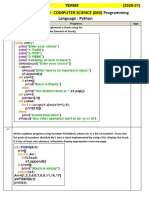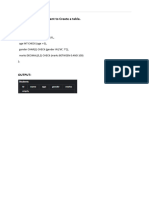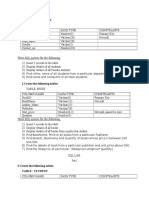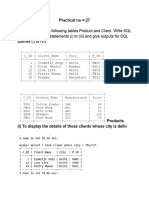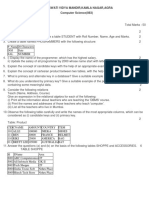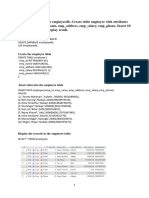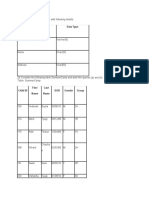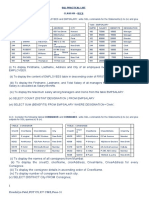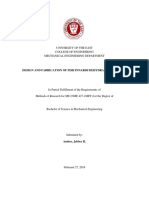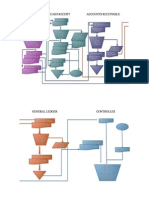0% found this document useful (0 votes)
10 views3 pagesOutputs of SQL
The document provides SQL commands for creating and manipulating three tables: STUDENT, EMPLOYEE, and COMPUTER. It includes commands for inserting data, querying specific information, counting records, deleting entries, and altering table structures. Each section contains example SQL statements to demonstrate the functionality for various operations on the respective tables.
Uploaded by
sskngamingCopyright
© © All Rights Reserved
We take content rights seriously. If you suspect this is your content, claim it here.
Available Formats
Download as PDF, TXT or read online on Scribd
0% found this document useful (0 votes)
10 views3 pagesOutputs of SQL
The document provides SQL commands for creating and manipulating three tables: STUDENT, EMPLOYEE, and COMPUTER. It includes commands for inserting data, querying specific information, counting records, deleting entries, and altering table structures. Each section contains example SQL statements to demonstrate the functionality for various operations on the respective tables.
Uploaded by
sskngamingCopyright
© © All Rights Reserved
We take content rights seriously. If you suspect this is your content, claim it here.
Available Formats
Download as PDF, TXT or read online on Scribd
/ 3


